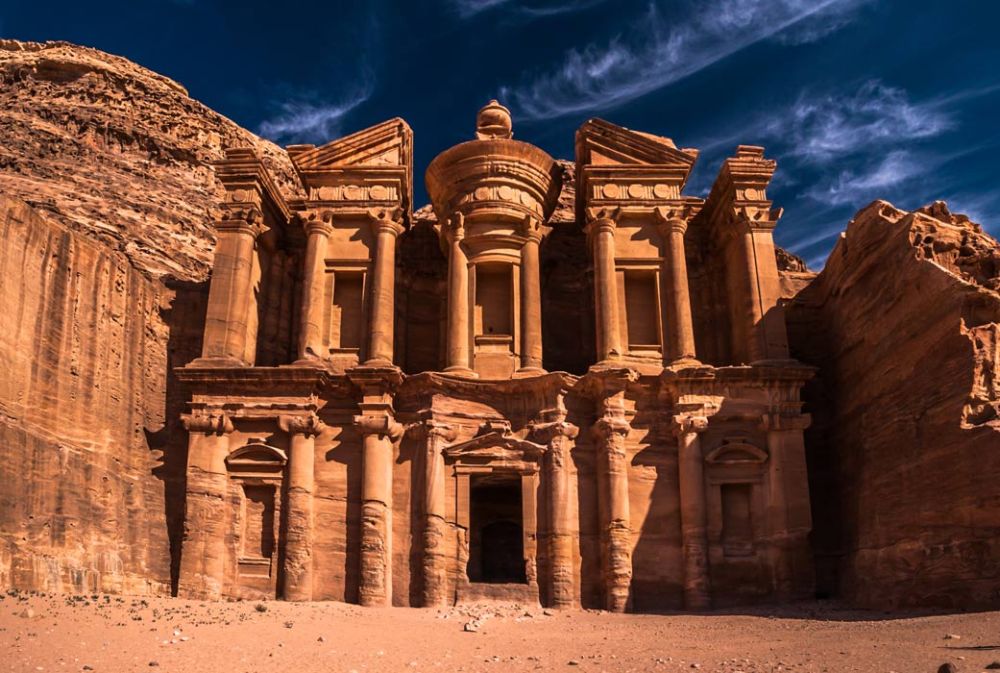

The ancient city of Petra, also known as the Rose City due to the color of the stone from which it is carved, has a long history that extends far beyond its role as a tourist destination. Historically, it was the capital of the Nabatean Kingdom in the 4th century BCE and an important hub for trade routes that linked China, India, and southern Arabia with Egypt, Syria, Greece, and Rome. Despite its historical significance, Petra was unknown to the Western world until it was rediscovered by Swiss explorer Johann Ludwig Burckhardt in 1812.
After its rediscovery, Petra slowly began to attract visitors from around the world. Interest in the site increased following archaeological excavations in the late 19th and early 20th centuries. By the mid-20th century, Petra had become accessible to the wider public, and tourism began to grow as a vital part of Jordan's economy.
The designation of Petra as a UNESCO World Heritage Site in 1985 significantly boosted its international profile. Movies such as Indiana Jones and the Last Crusade, which featured Petra's iconic Treasury (Al-Khazneh) further popularized the site. In response, the Jordanian government and international organizations have ramped up efforts to balance tourism growth with heritage conservation and infrastructure improvements.
Today's visitors to Petra are likely to experience an array of tourism services, ranging from guided tours, to luxury accommodations, to adventure and ecotourism activities. A recent trend has been the development of sustainable tourism practices in the region, meant to preserve Petra's unique environment for future generations. Moreover, the introduction of the Jordan Pass has streamlined the process for tourists to visit not only Petra but other historical sites around Jordan, making it more convenient and cost-effective. Finally, thanks to social media, Petra has grown ever more popular, with the Treasury, the Monastery (Ad Deir), and the High Place of Sacrifice being some of the most photographed and shared spots online.
Like many tourist hotspots, Petra faces challenges such as overtourism, which can lead to environmental degradation and threaten the integrity of the site. Authorities continue to explore ways to manage visitor numbers, including timed tickets and limiting daily visitor counts. Another challenge has been the global events such as the Covid-19 pandemic, which drastically reduced visitor numbers and highlighted the need for a more resilient approach to tourism.
Despite these challenges, the heritage and allure of Petra remain strong. The future of tourism in Petra is likely to see further integration of technology, such as virtual reality experiences and enhanced online platforms for visitor engagement, continuing to make one of the world's most historical marvels accessible to all.